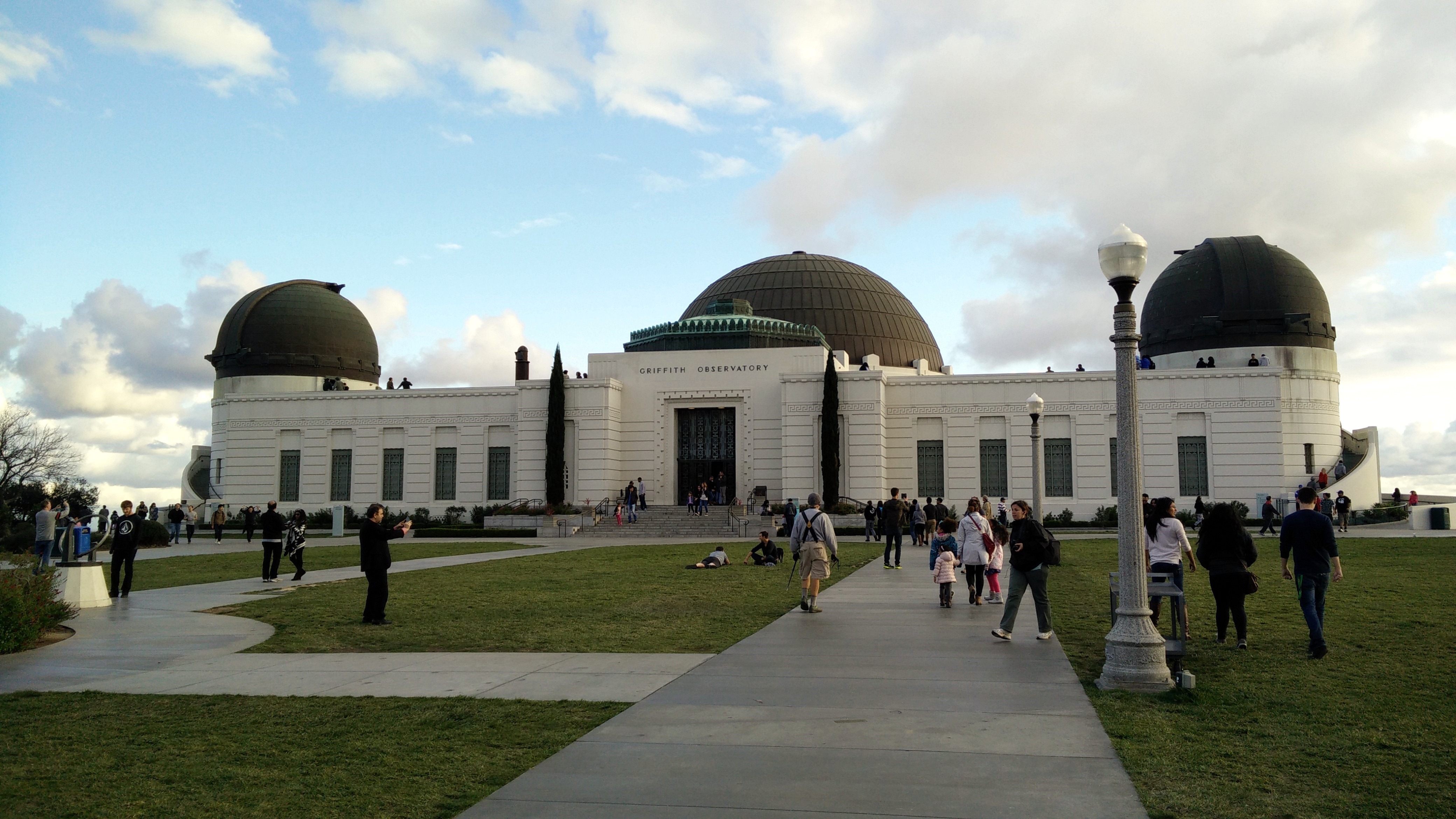


spots to dedicated astronomy enthusiasts, and everyone in between. Griffith Observatory draws a diverse audience-from tourists hitting the top L.A. More than 600 guests look through that telescope each night, which the observatory claims makes it the highest trafficked telescope in the world.Įmotions range at Griffith Observatory, from the romantic (see: La La Land, when Ryan Gosling literally waltzes Emma Stone into the stars in the planetarium) to the gleeful (try not to smile in wonder at that Tesla coil) to the odd feeling of insignificance looking up at the universe can give you. The Griffith Observatory is one of the most visited observatories in the world for a reason, with its exhibit halls (one of which houses a rare, electricity-pulsing Tesla coil), photogenic views of the Hollywood sign, a planetarium that hosts brainy-but-fun shows about the universe, and, of course, the 12-inch Zeiss telescope. He didn't live to see the observatory finished in 1935, but his benefaction remains a huge boon for the city. Griffith, a controversial Angeleno philanthropist who donated funds to the city after developing an interest in astronomy. The Observatory is located on the south slope of Mount Hollywood in Griffith Park.Griffith Observatory is an Art Deco stargazing spot atop Mount Hollywood in Griffith Park. Griffith Observatory is owned and operated by the City of Los Angeles, Department of Recreation and Parks. More information on Mars close approach is at: The live feed will also be carried by NASA and JPL at these sites: Griffith Observatory will stream the event live at: JPL guests will join the Griffith Observatory programming team, led by observatory Curator Laura Danly, to provide commentary and the latest news about Mars. Unlike the Sun or Moon during an eclipse, Mars will not change appearance during the close approach.ĭetails of the Griffith Observatory event, including parking and transportation information, can be found at: įor those who want to watch the Mars close approach event from home, Griffith Observatory will broadcast live from 10 p.m. The next similar close approach won’t happen until September 11, 2035, when Mars will be 35.4 million miles (56.9 million kilometers) away. It crosses the meridian and appears highest in the southern sky at that time. By a celestial coincidence, at the moment of closest approach, Mars will be at its very best position for viewing through a telescope from Los Angeles. The moment of closest approach is 12:45 a.m. On Monday night, July 30, Earth and Mars will be 35.8 million miles (57.6 million kilometers) from each other, the closest they have been since the historic 34.6-million-mile (55.6 million kilometers) close approach in August 2003. Weather permitting, telescopes staffed by observatory employees and local volunteers will offer visitors viewing opportunities of Mars during its closest approach. The event will be held Monday, July 30, from 10 p.m. Keri Bean, engineer for NASA's Opportunity rover.Farah Alibay, engineer for NASA's InSight and MarCO missions.Rich Zurek, chief scientist of JPL's Mars Program Office.

Some members of JPL Mars missions will participate in the observatory’s live streamed show, including:
Griffith observatory view free#
These "Martians" will interact with the public during a free observatory stargazing party for the Red Planet's closest approach to Earth since 2003. But on Monday night, July 30, several JPL scientists and engineers will bring the excitement of exploring Mars to the nearby Griffith Observatory in Los Angeles. PDTNASA's Jet Propulsion Laboratory in Pasadena, California, has long been a home to Mars exploration. This archived webcast was streamed live on Jat 10 p.m. NASA JPL Viewing of Mars Close Approach from Griffith Observatory


 0 kommentar(er)
0 kommentar(er)
